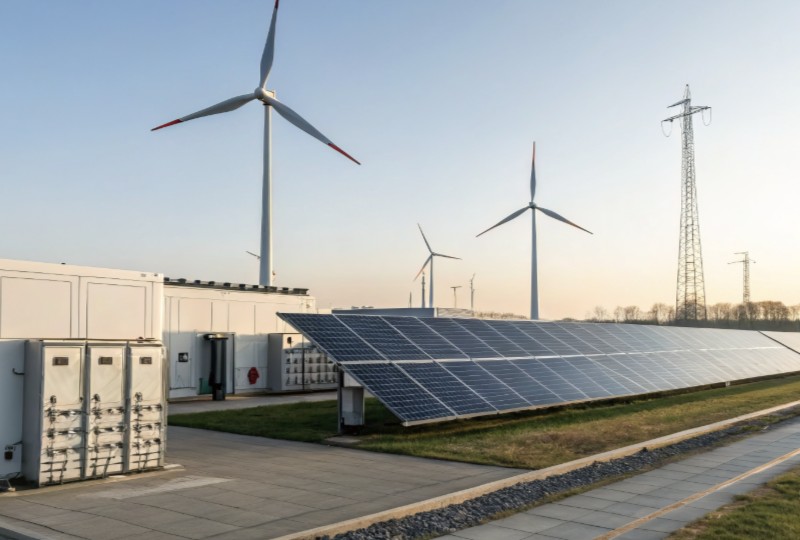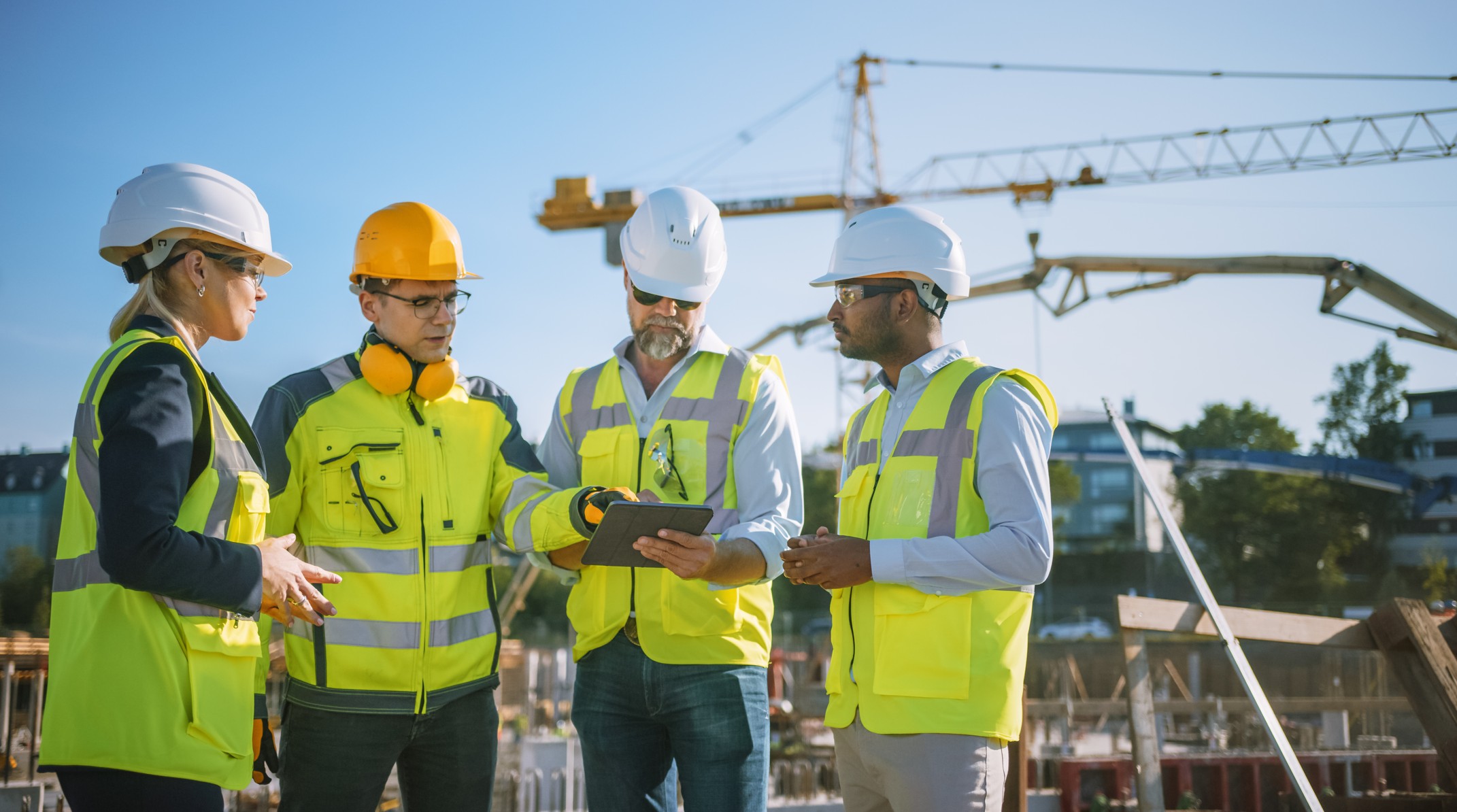How New York’s Climate Law Could Be the Biggest Play of an Athlete’s Career

For decades, the most valuable plays in sports happened under stadium lights. Now, for athletes in New York, one of the biggest opportunities is unfolding in boardrooms, job sites, and manufacturing floors—powered by a landmark climate law.
The Climate Leadership and Community Protection Act (CLCPA), signed into law in 2019, is widely regarded as one of the most aggressive climate action policies in the country. It doesn’t just set ambitious environmental goals; it rewrites the state’s economic playbook. By 2030, New York must generate 70% of its electricity from renewables. By 2040, the entire grid must run on zero-emission power. By 2050, the state aims for net-zero greenhouse gas emissions.
What sets the CLCPA apart is its equity clause: 35–40% of the benefits from clean energy and climate investments must flow to disadvantaged communities. That means billions of dollars in contracts, jobs, and business opportunities will be directed toward local hiring, small business participation, and workforce training in neighborhoods that have historically been left out of growth cycles.
For athletes—whether in the prime of their career or transitioning into life after sports—the opportunity is enormous. Their combination of public influence, leadership skills, and competitive drive positions them to participate in this green economy as both workers and owners.
Four Industries to Watch
- Renewable Energy: Utility-scale solar, offshore wind, and battery storage projects are expanding rapidly. Athletes can train for technical roles or launch service businesses supporting these installations, from safety gear supply to logistics.
- Energy Efficiency & Building Electrification: New York’s aggressive building retrofit goals open doors for HVAC, insulation, and lighting companies, as well as contracting partnerships with community housing organizations.
- Sustainable Transportation: The shift to electric vehicles requires charging station networks and maintenance crews—along with local suppliers for equipment and parts.
- Environmental Resiliency: Shoreline protection, green infrastructure, and urban greening projects need skilled labor and specialized service providers.
Why Athletes Are Natural Fits
Athletes know discipline, training, and execution under pressure. Those same qualities are essential in CLCPA-driven projects. They can also leverage their platform to negotiate NIL (Name, Image, and Likeness) or sponsorship agreements with local and domestic content clauses, ensuring that apparel, marketing, and event production dollars stay in-state and benefit community businesses.
Beyond the Game, Into Legacy
By participating in CLCPA-aligned industries, athletes can secure new income streams, employ local residents, and inject resources into neighborhoods that shaped them. These aren’t just side projects—they’re long-term investments in economic resilience.
In sports, great players adapt to the game in front of them. The CLCPA is shaping the next arena for competition and impact. For athletes ready to make the leap, the green economy isn’t just about clean energy—it’s about building a legacy that lasts far beyond the final whistle.
.jpg)
Subscribe to the SPI Newsletter
Partner with us to bring official Sports Power Infrastructure coach clinics and programs to your community, and become a recognized Host Training Partner.






